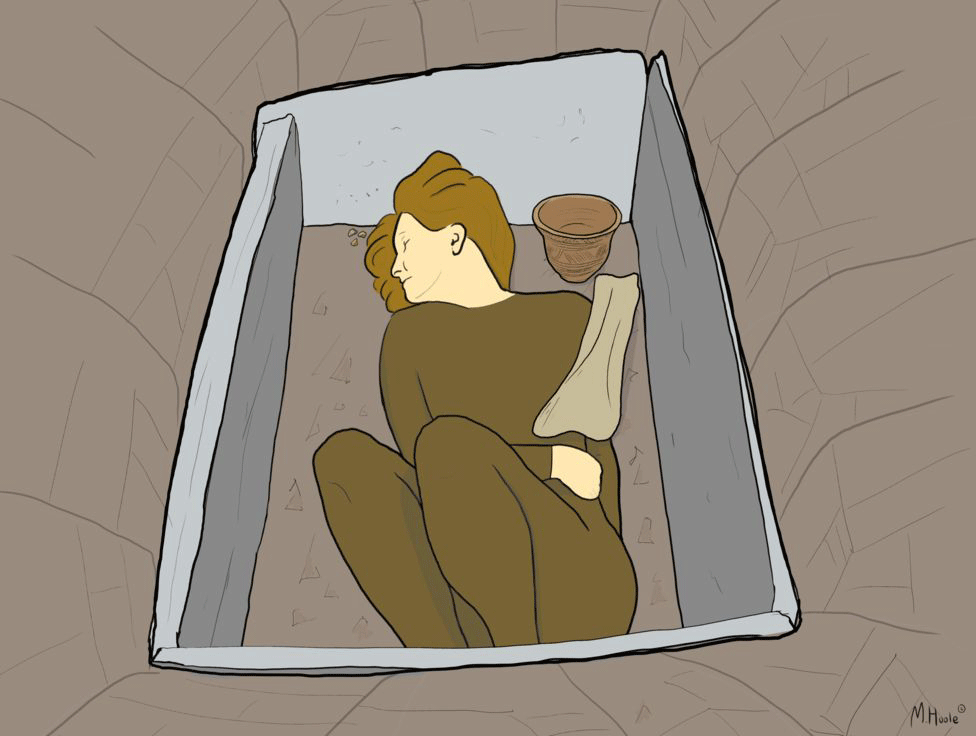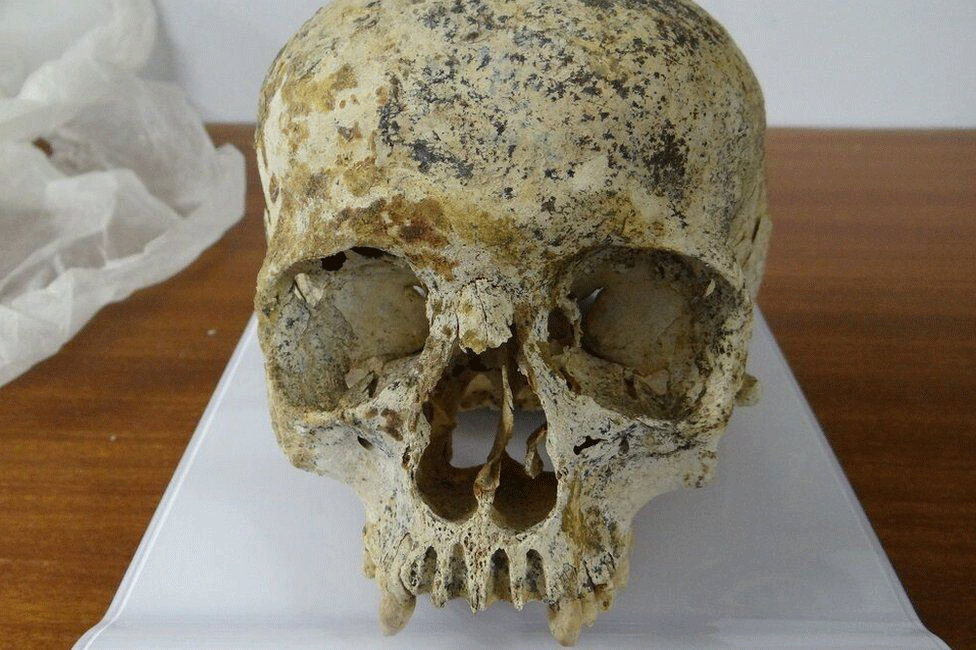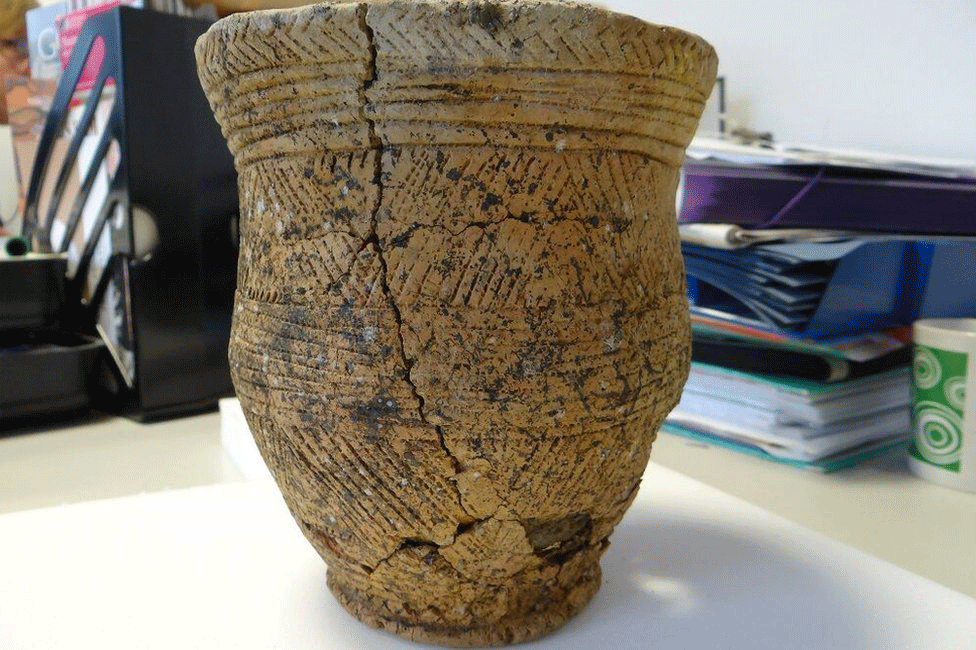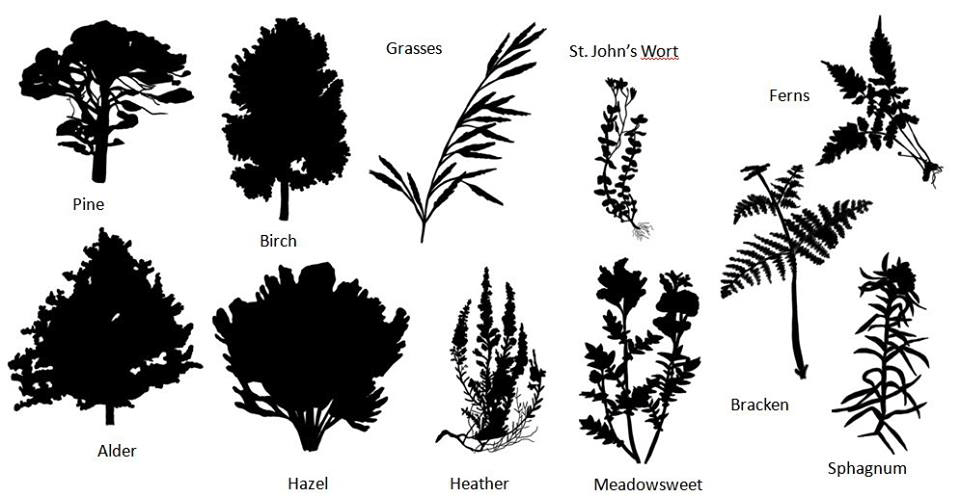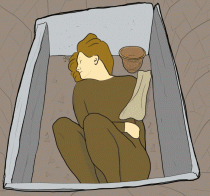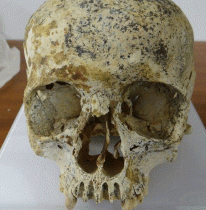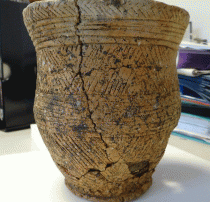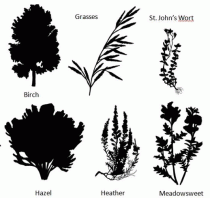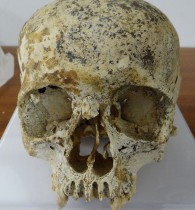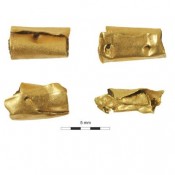A beaker found in a famous Bronze Age burial in the UK includes pollen from plants which were used for medicinal purposes. The Bronze Age burial, although it was found decades ago, still provides valuable information as analyses are still carried out and new results are published.
The burial is that of a woman, whose bones were discovered at Achavanich, near Wick, in Caithness 30 years ago. She was buried more than 4,100 years ago and beside her archaeologists found a beaker. She is considered to have been part of a wider European group called the Beaker People. The burial became very widely known thanks to a facial reconstruction of the woman by forensic artist Hew Morrison last year, which went viral on social media and was reproduced by various media online and in print.
The results of recent analyses of pollen residues in the beaker have now been published and show that the beaker did contain pollen residues of plants used mostly for medicinal purposes. In particular, most of the pollen was from trees and shrubs, such as birch, pine, hazel and alder. Researchers also identified heather, grasses, meadosweet and St John’s wort. Meadosweet has been found in other Bronze Age burials in Scotland.
The fact that meadosweet and St John’s wort, two plants known for their medicinal properties, were included in the burial, indicates that this was perhaps intentional.
The latest research has provided an insight on Ava’s diet, origin and the time she lived.
It seems that, interestingly, although Ava was buried not too far from the sea, she was only consuming terrestrial based foods, such as cattle and freshwater fish. She was probably a local to Caithness, but not in the immediate surroundings of her burial site. Radiocarbon dating has shown that she is more than 4,100 years old, about 200 years younger than previously thought. This makes her among the earliest Bronze Age burials from Scotland.
Another interesting outcome of the pollen analyses is that what today is a rather woodless landscape was probably an area with a mixture of woodland or heathland at the time of the burial.
The remains are part of a long-term research project called The Achavanich Beaker Burial Project, managed by archaeologist Maya Hoole.
Stable isotope analysis was carried out by Dr Jane Evans and her team at Nerc. The interpretation of the pollen analysis was carried out by Dr Scott Timpany of the University of the Highlands and Islands. Both were funded by the Society of Antiquaries of Scotland.
Radiocarbon dates were carried out by SUERC in East Kilbride and were funded as part of a larger research project at the Natural History Museum in London.
